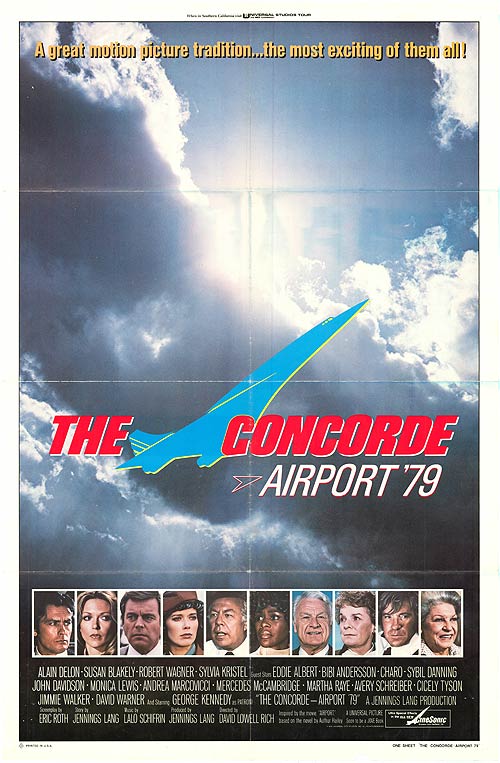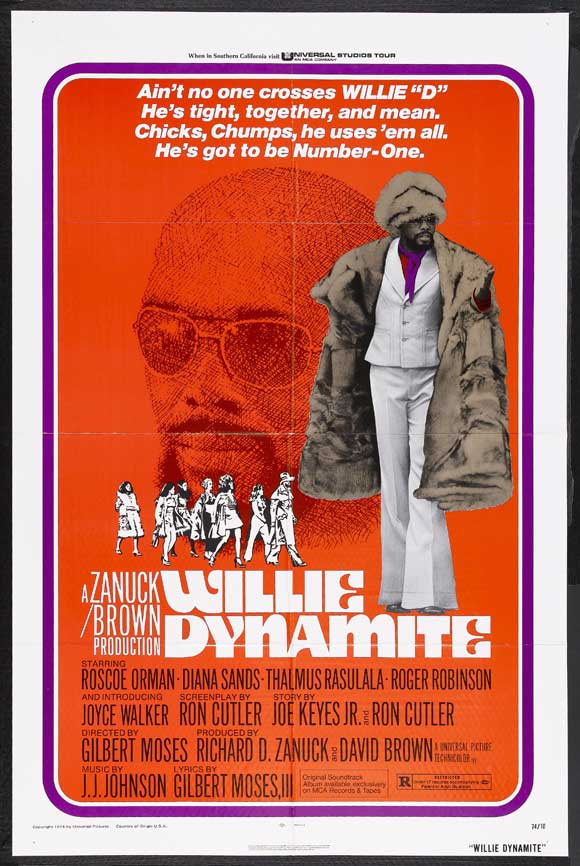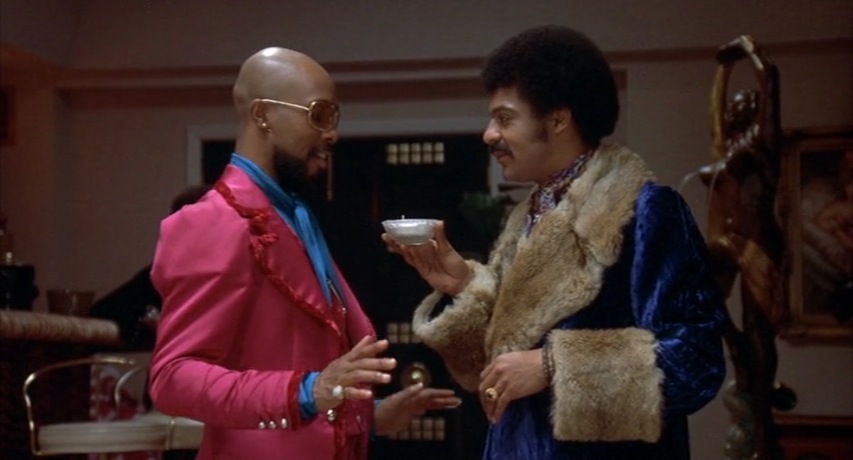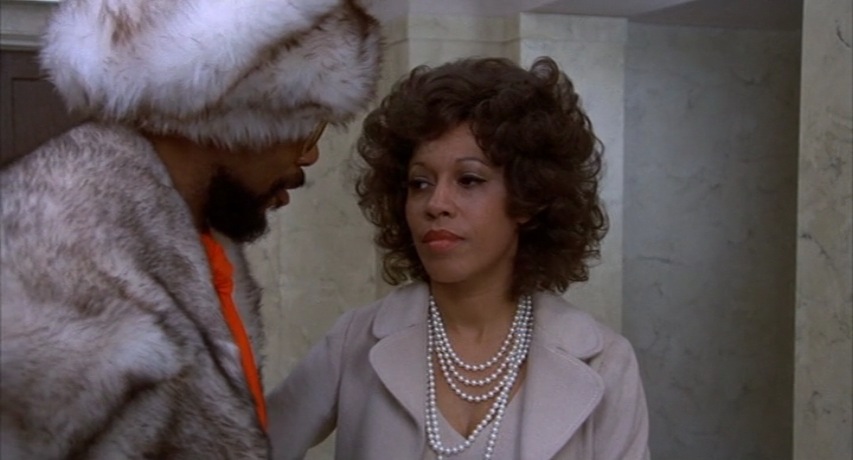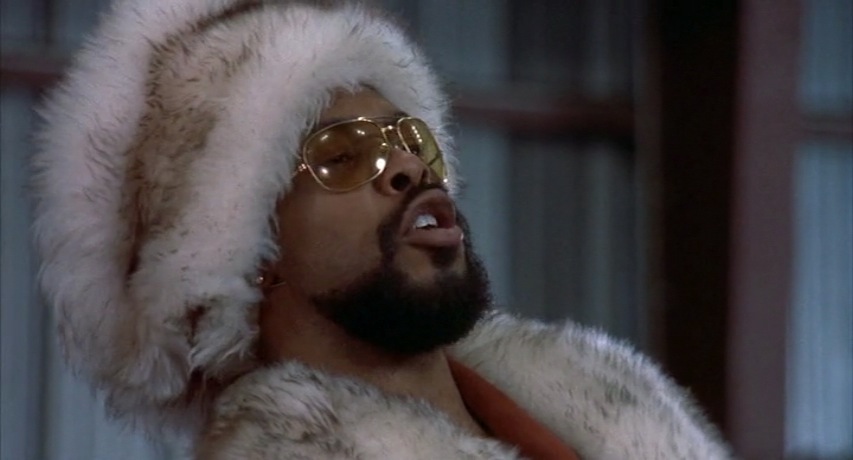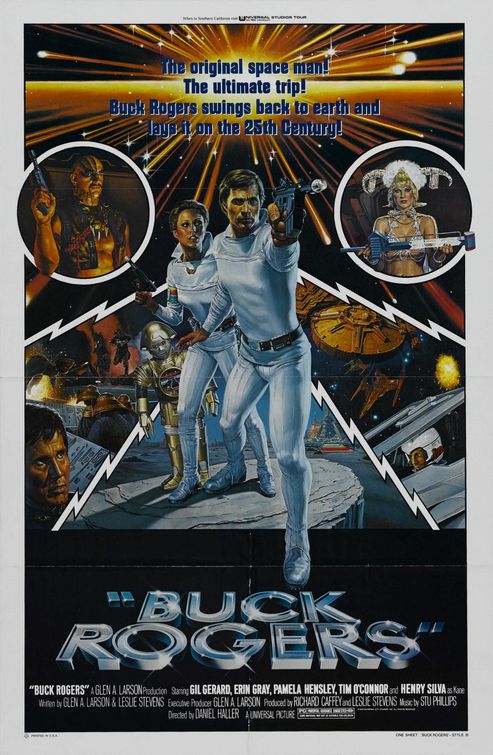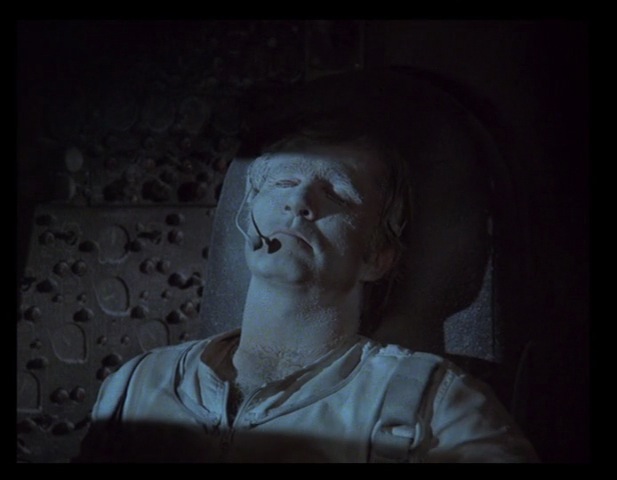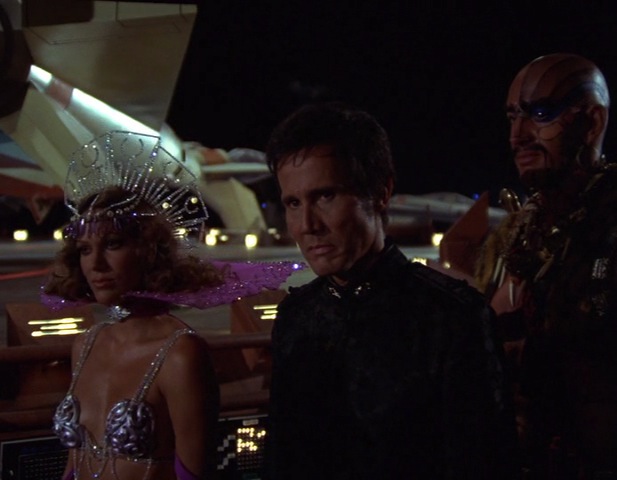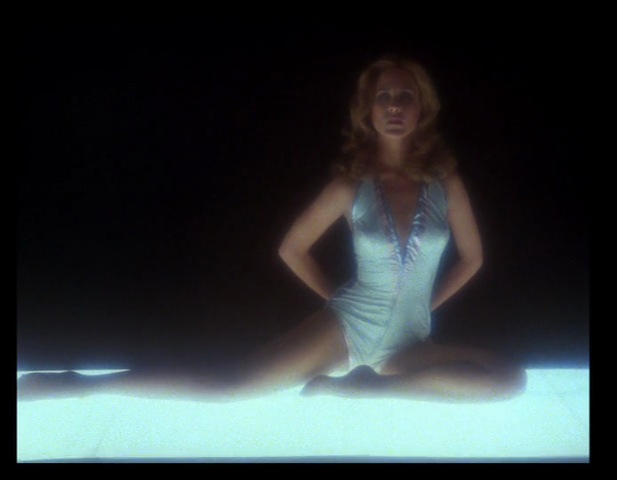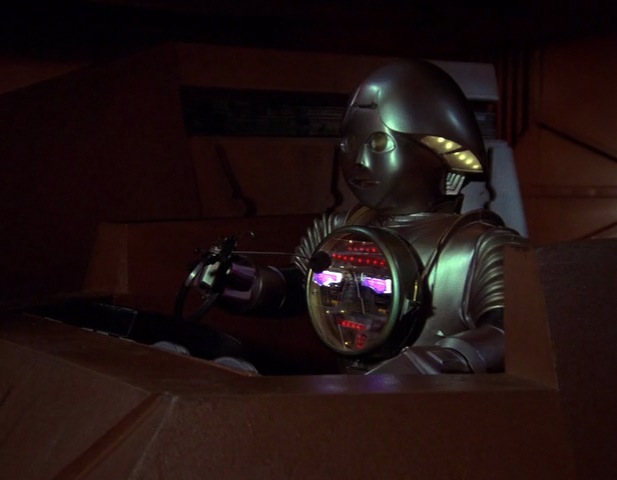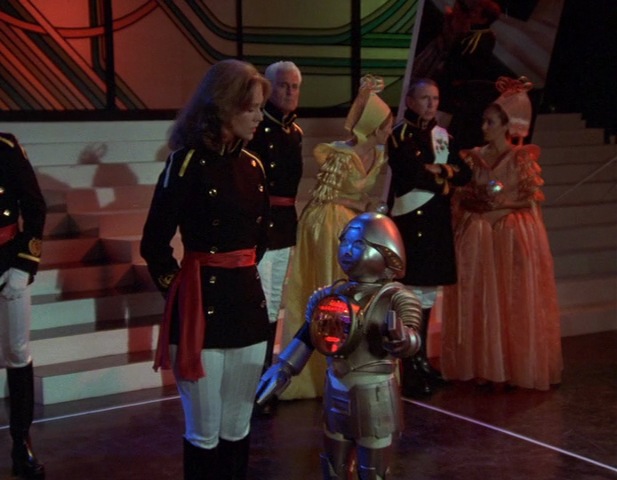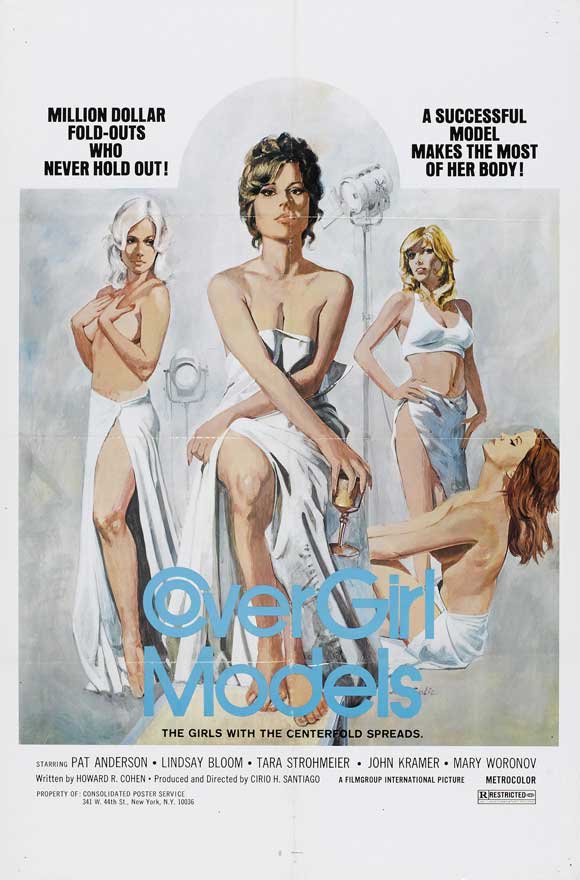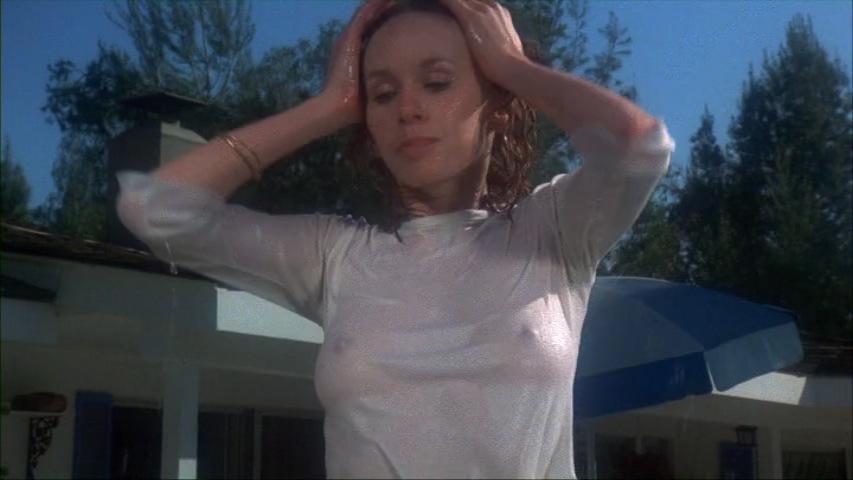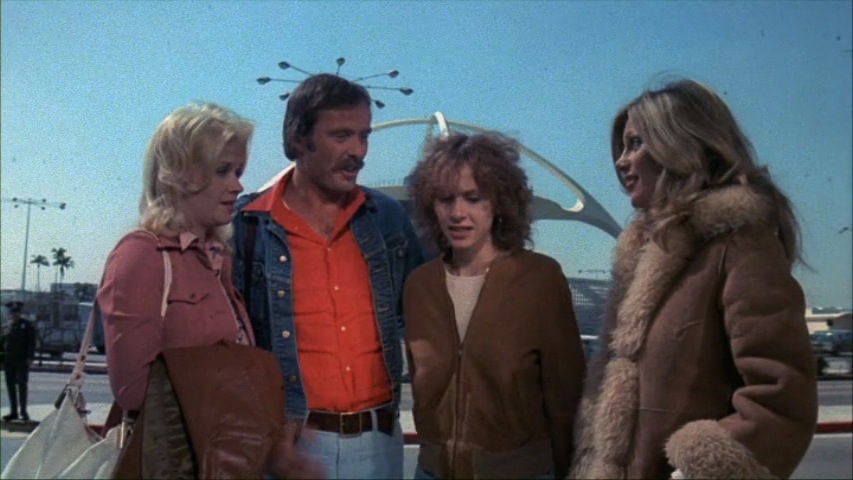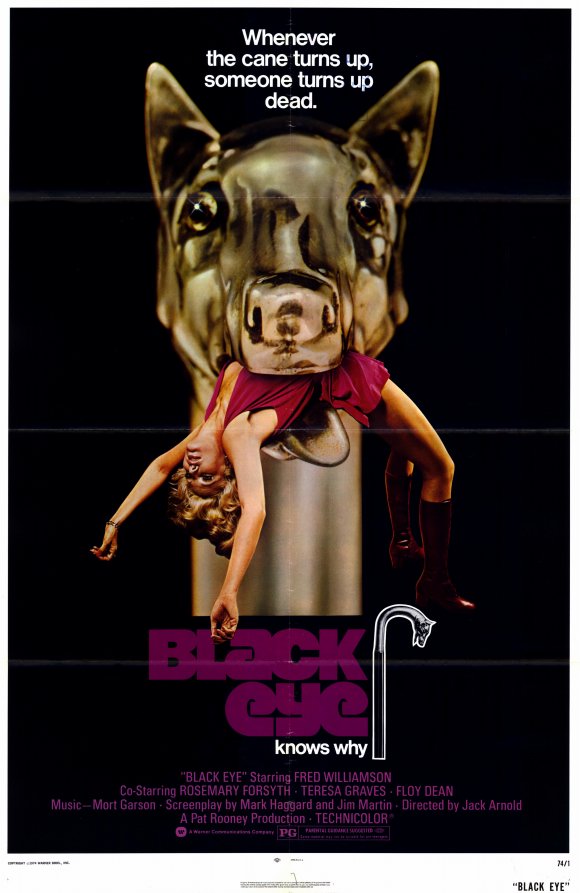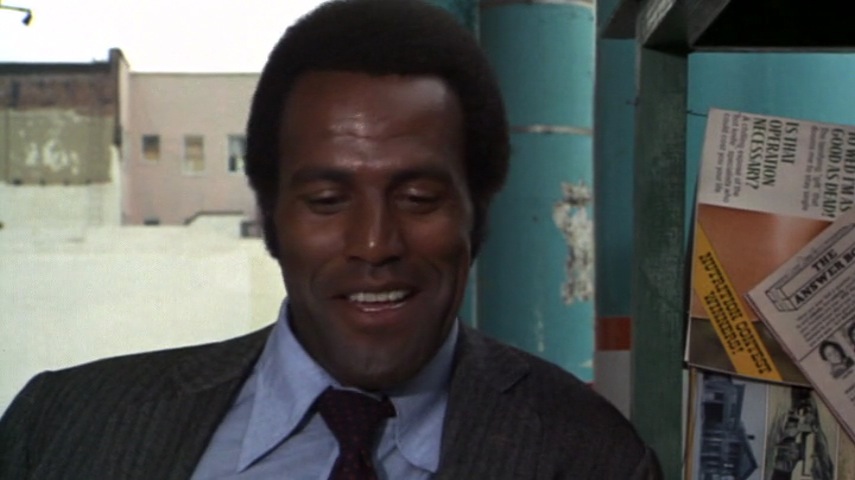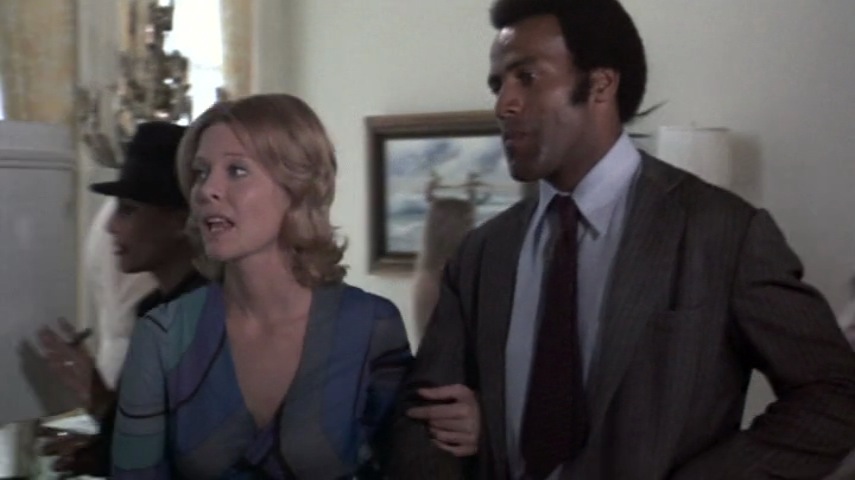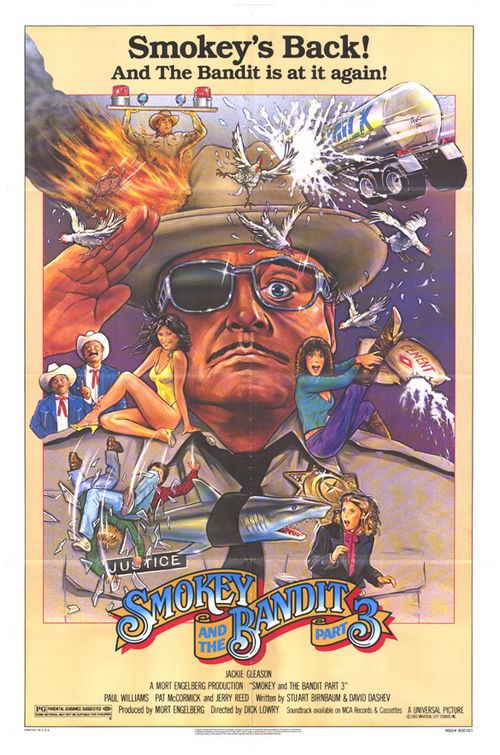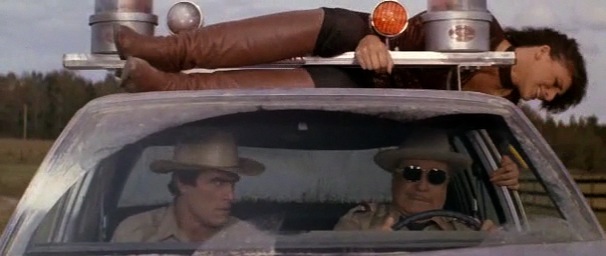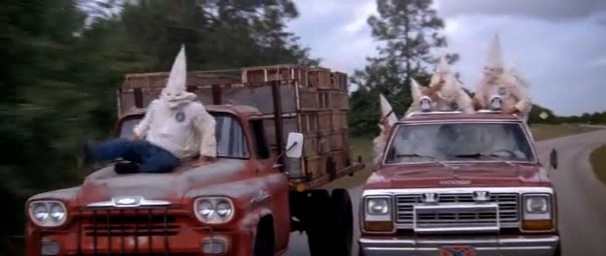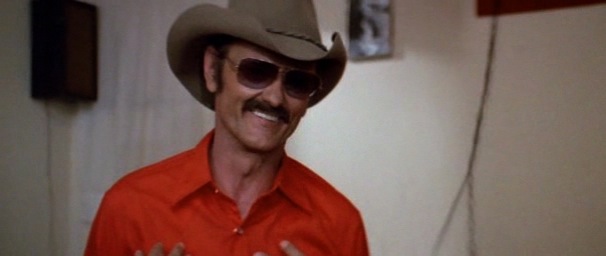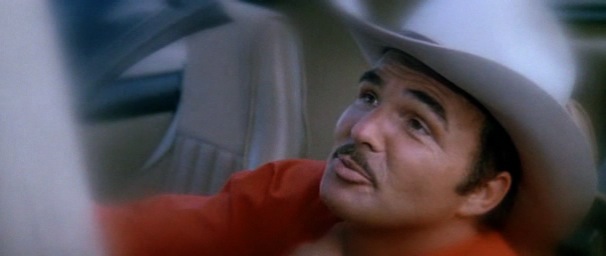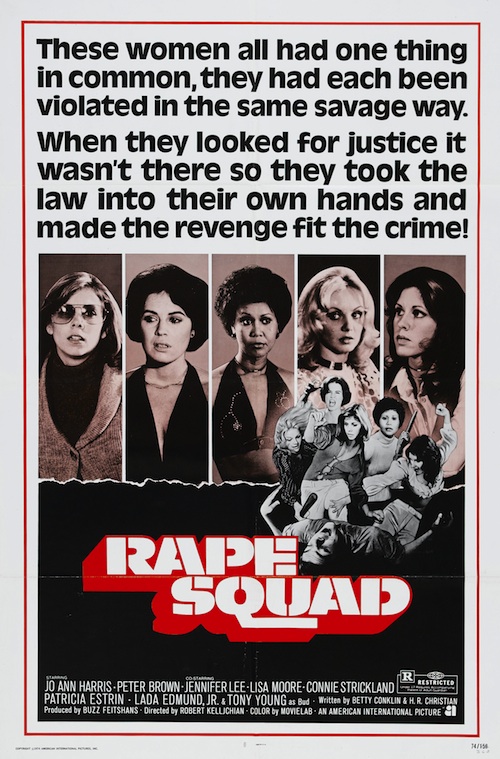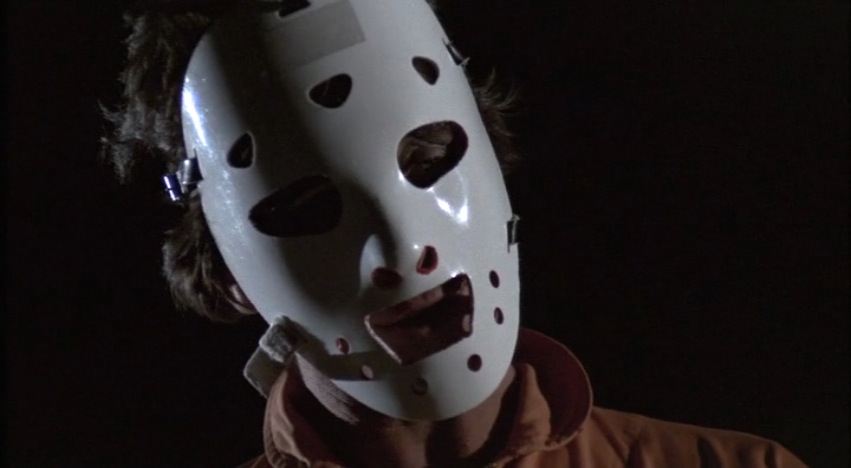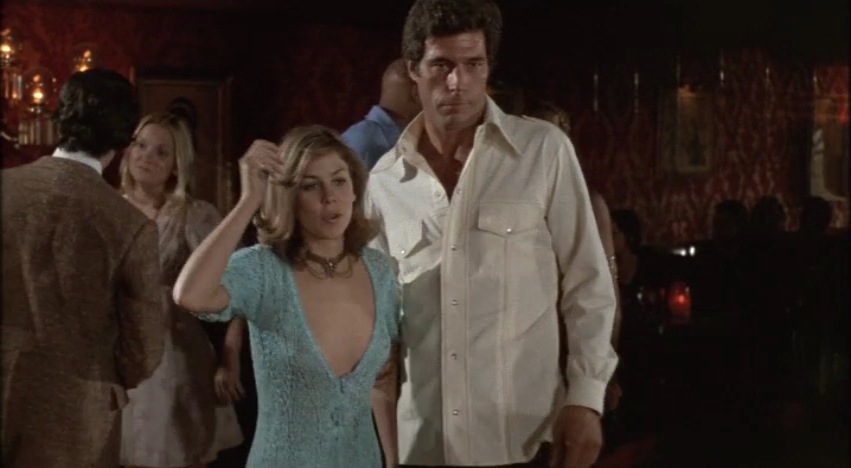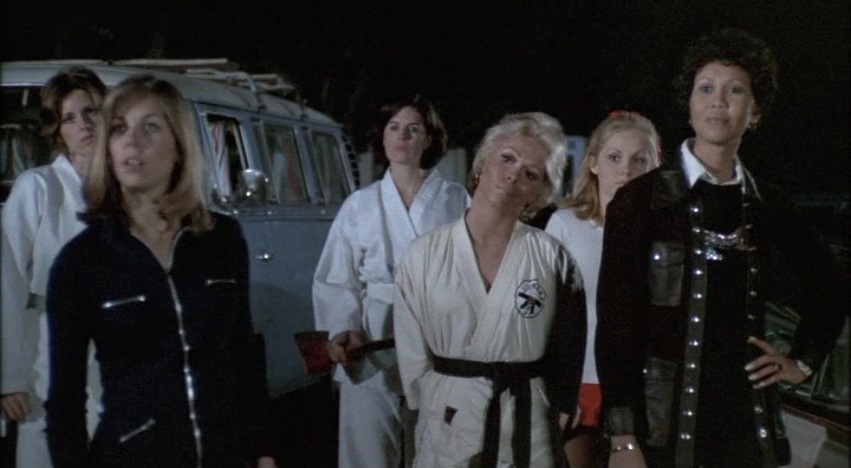Starting At the End: Part Two "Leaving On a Jet Plane"
 Friday, August 17, 2012 at 6:00AM
Friday, August 17, 2012 at 6:00AM What better way is there to get into a franchise than through its final film? They must have perfected the series by that point, right? Right?!?!?
The Concorde… Airport ‘79
(1979)
Synopsis
The first North American owned Concorde jet is disembarking on its maiden flight, flying to Moscow with a stopover in Paris. Among the diverse group of passengers is beautiful news anchorwoman, Maggie Whelan (Susan Blakely), who has recently obtained proof that her defense contractor lover, Dr. Kevin Harrison (Robert Wagner), knowingly sold weapons to enemy nations. Harrison tries to shoot down the jet by sabotaging a test of his new smart missile system, but thanks to the deft piloting of Captains Paul Mertrand (Alain Delon) and Joe Patroni (George Kennedy), his plan fails. They also manage to outmaneuver the fighter plane he sends after them, although the attack does force them to undergo a tense emergency landing in Paris. Determined to stop Whelan, Harrison hires a member of the plane’s mechanical crew to insert a timer that will open the storage cabin door and cause the plane to break apart through explosive decompression, but—once again—Mertrand and Patroni save the day and “thread the needle” by landing the Concorde in the middle of the Swiss Alps. At the scene of the emergency landing, Whelan reports on TV that she has important breaking news she’s going to share with the world as soon as she reaches Moscow, causing Harrison to take out a pistol and end his own life.
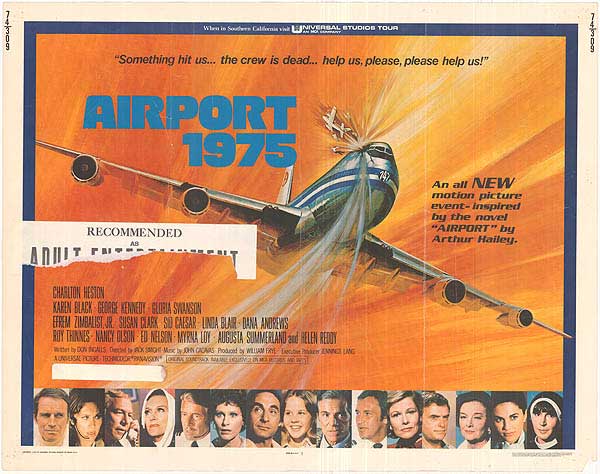
Pertinent Details
Comes After: Airport (1970), Airport 1975 (1974) and Airport ’77 (1977).
Was Not Followed By: Although the TV movie Starflight: The Plane That Couldn’t Land was released as Airport ’85 in the Philippines (and was directed by ‘77’s Jerry Jameson) it wasn’t actually an official entry in the series, just a really entertaining rip off.
Returning Players: George Kennedy—the only actor to appear in all four Airport films—returns as Joe Patroni. Monica Lewis, the wife of Jennings Lang—who produced the three sequels, but not the original—also appeared in ’77, but as a different character.
Most Surprising Credit: The film was written by Eric Roth, who would go on to win an Oscar for his script for Forrest Gump, and be nominated three other times for his work on The Insider, Munich and The Curious Case of Benjamin Button.
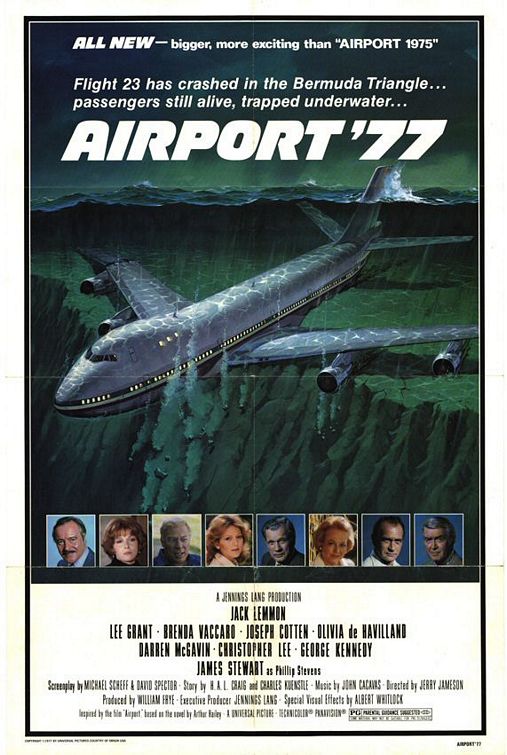
You know what I miss? Movie posters like the ones up above. The actual images are pretty bland, but I love the rows of pictures on the bottom. Even as a young kid I came to appreciate that this was a marketing technique only ever employed by terrible movies. You especially knew something was up when the lineup of famous faces featured people who weren’t all that famous or whose golden years had long since passed.
Just take a look at the first one and see who you recognize. You’re on this site, so you’re probably an obsessive like me and know most of them (bonus points if you recognized the woman who played the demonic voice of Regan in The Exorcist), but I suspect most folks over the age of 30 could only pick out one or two and even then as the guy from Austin Powers, the other guy from reruns of Green Acres, and the old woman from those 80s Polident commercials.
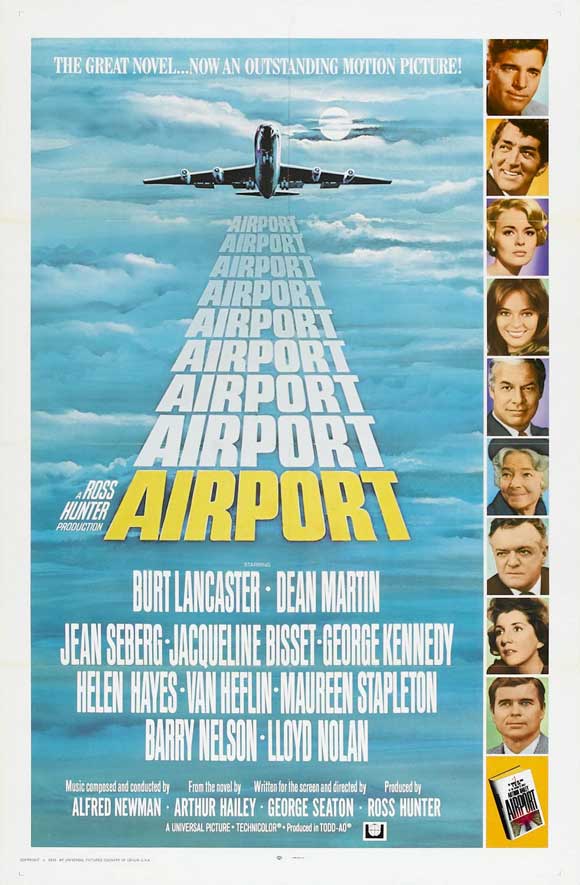
This marks a noticeable decline from the other films, whose rows of famous faces feature a few true cinematic legends, including Burt Lancaster, Charlton Heston, Jimmy Stewart, Jack Lemmon, and Dean Martin. True, none of them would have considered these films a high point in their careers, but they were all smart enough to stay the fuck away from what would turn out to be the series’ final flight.
Clearly the reason for this lies in Concorde’s low budget. Despite featuring some okay-for-the-era special effects, the majority of the film resembles a bland TV movie and is obviously making due with the best it can afford. That it chose to try and sell itself on its collection of TV stars, foreigners, old folks, Cicely Tyson and two pretty ladies (one of whom was the star of the softcore Emmanuelle franchise), indicates the kind of desperation that makes bad film lovers salivate like Pavlov’s dog.
It’s a promise the film delivers on with enjoyable grace. The Concorde… Airport ’79 is a great bad movie—the kind that never once approaches competent storytelling or filmmaking, but still manages to be rousingly entertaining from start to finish. I credit a lot of this to Roth’s amazingly uneven screenplay, which is filled with some truly epic plot-holes and logical fuck ups, but still manages to be populated with characters who never seem truly real, but are utterly charming nonetheless.
I liked this entire collection of broad stereotypes, including the aging Russian gymnast in love with the handsome American sportscaster, the cartoonish Russian coach with the deaf 6 year-old daughter, the old barn-storming owner of the airline who’s lucky enough to be married to Sybil Danning, and pretty much everyone else--especially Kennedy’s Joe Patroni, who comes across like a genuinely great guy.
It actually helps that they never seem like real people, since that would only highlight how little sense the film’s plot makes when you stop and think about it. This way you can just roll along and accept the stupidity without any tedious verisimilitude ruining the fun.
But now that I mention it, I should talk a little bit about how dumb the film’s story really is. You can tell the plot is going to take a beating right from the start when we see Blakely give a national news report that consists entirely of stories about a) the Concorde’s maiden flight, b) the new missile invented by her boyfriend, and c) the soviet gymnast who’s going to just happen to be on the flight. It’s the kind of shameless exposition dump that immediately places the narrative in a world we know doesn’t exist.
But that’s nothing compared to Wagner’s solution to his dilemma. While being accused of treason is probably the worst thing that could happen to his company, it’s very closely followed by having his multi-billion dollar missile system screw up during a launch test and accidentally kill hundreds of innocent people. In fact, in terms of pure negative publicity, I’m willing to call it a draw.
Less egregious, but still hilarious, is that after the missile fails to work, he gets in his private plane in order to fly to Paris and basically arrives there at the same time the Concorde does. This, despite the fact that he’s chasing after a supersonic fucking jet that had a head start!
We also have to ignore that literally the next day after they are almost blown out of the sky and endure a terrifying landing, none of the passengers have any problem getting in the exact same plane to fly to Moscow the next day. Plus, instead of just killing Blakely when he sees her during the layover, Wagner instead has a mechanic sabotage the jet, because apparently he really does want to kill a planeload of innocent people instead of the one person giving him trouble. What a jerk!
I don’t know enough about science and aeronautics to cast doubts on the action scenes, like the one where Kennedy manages to set one of the fighter jet’s missile off course by firing a flare gun out his window, but I will say that no matter how theoretically plausible they may be, the execution of these scenes do render them appealingly unrealistic.
But none of this matters, since I enjoyed every second of this foolishness. As easy as it is to understand why this effort killed the Airport franchise, I really wish they’d gone on and made a few more.
Chances of my watching other films in the franchise: 100%. I especially can’t wait to see 1975, where cross-eyed stewardess Karen Black has to land the plane all by herself!
Final Franchise Entry Rating: Four George Kennedy’s out of Four

